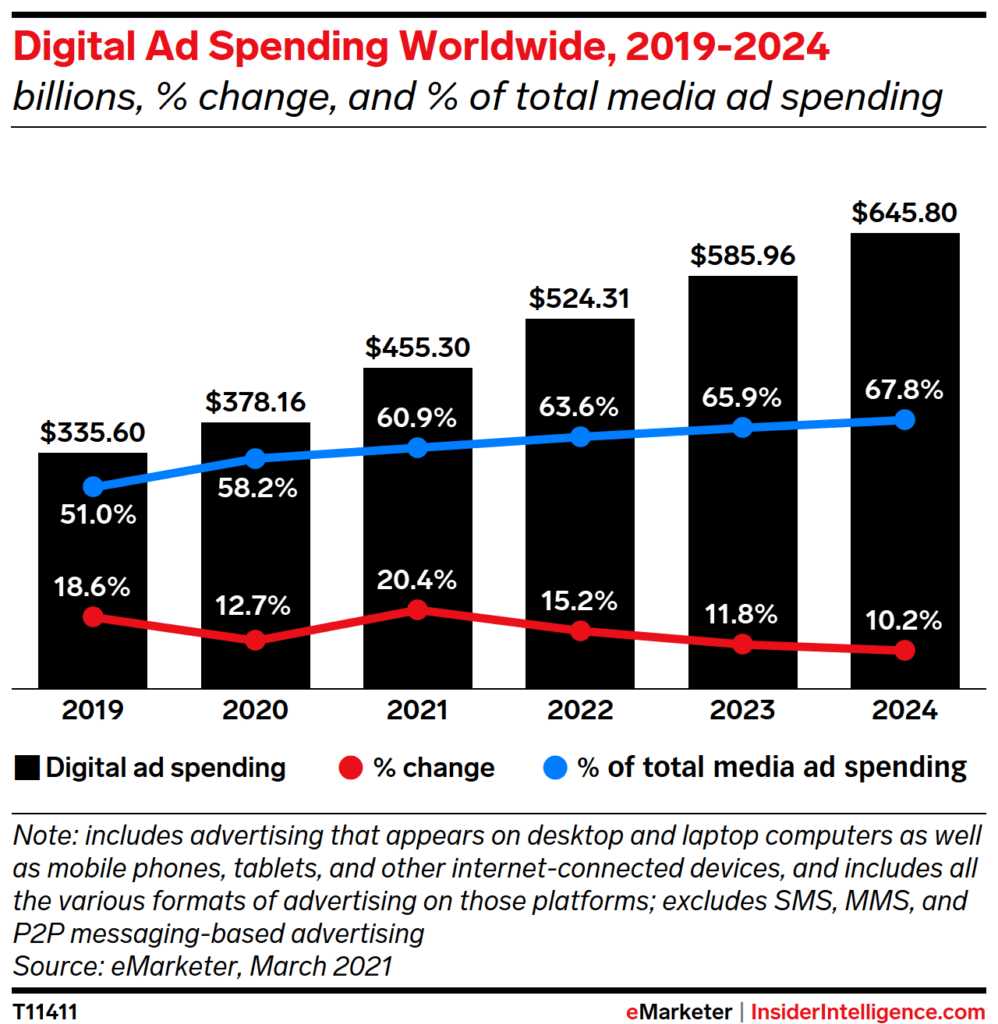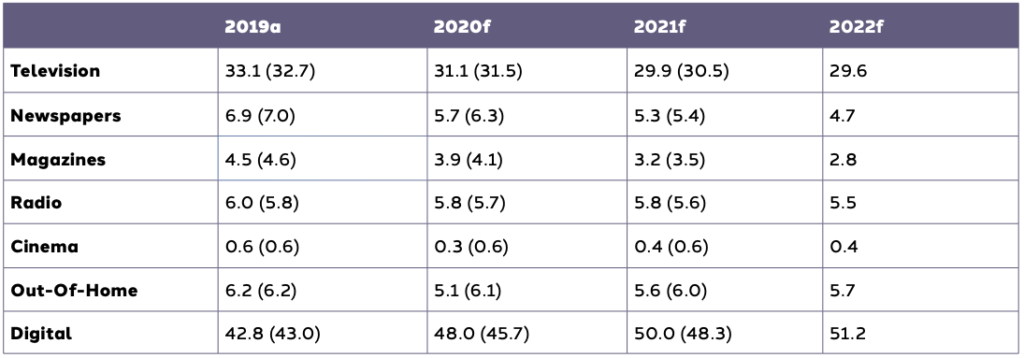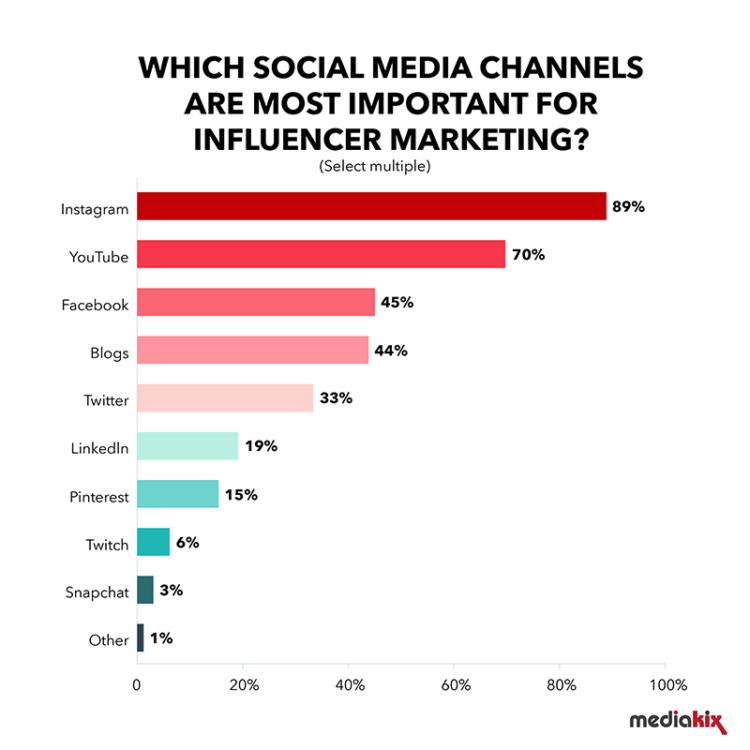Introduction
In 2021, business are focussing on going to the next level, after having fought and survived the pandemic. To achieve this, they are willing to be early adopters of rising trends, experiment and select what's working.

Total digital ad spending will reach $455.30 billion this year. Of that, 55.2% will go to display advertising, and 40.2% will go to search. As recently as three years ago, the gap between display and search was only around 10 percentage points, but now it is 15, equating to $68.12 billion more in spending for display than for search. Consumer shifts toward social media and digital video are accelerating the rise of display.
In 2021, digital ad spend is forecasted to grow by 10.1% globally, having proved resilient over 2020 with growth of 3.2%. In 2021 digital will account for US$284 billion and a 50% share of total ad spend, the first time it has reached this milestone (see Figure 6). This continues a steady trend over the last decade that has seen digital’s share of ad spend increase from 13.5% in 2010 to half today.
Growth in global ad spend by media, 2019-22 (% y-o-y)

With the plethora of channels available for reaching customers, the only effective way to crack the optimum marketing mix is to have a concrete understanding of your customers, their needs, think of ways to add value to their lives and help solve their problems.
Here are the top ideas to experiment for growth marketers:
Video Marketing
The 2021 Report on Advertising spend forecasts mentions that video (10.8%) will be one of the key growth arenas for Digital Marketing. Consumer’s desire for content to help fill the void of live experiences has led to an explosion of demand in some categories, some of which is bound to outlast the pandemic. For example, while event ticket revenue within the sports category fell by 55% in 2021, research with senior sports industry professionals found more than 50% predict growth in sports media across digital channels in the coming years as a result of COVID-19, from original content/ documentaries (78%) to team/ athlete-generated content (82%).
Voice Search
Introduced by Google in 2011, voice search was initially more of a novelty than a feature that users relied upon at the time. However, improvements in speech recognition technology have thrust voice search to the forefront of search marketing. Current statistics show that 41% of adults use voice search at least once per day, and 70% of those searches used using natural or conversational language.. Studies show that in 2020, more than half of all smartphone users will engage with voice technology on their device. Smart speakers are becoming more commonplace in households around the globe, which is helping drive voice search adoption.
Advancements in Artificial Intelligence (AI) and Machine Learning have made a huge impact on how we interact with our smart devices and search the internet. Google’s RankBrain. External Link. Opens in new window. is a prime example, designed to recognise words and phrases in order to learn and better predict outcomes. When RankBrain encounters a phrase it has never heard before, it actually makes its best “guess” as to the searcher’s meaning and intent, then delivers appropriate matching answers. This ability to “think” makes AI such as RankBrain more effective at handling unexpected search queries.
User-Generated Content (UGC)
Slightly-similar to influencer marketing, user-generated content is using your loyal and delighted customers to provide reviews or insights into how your products work.

Depending on the scale of operations and budget, UGC could be as simple as ratings/ reviews, hashtag contests, video content or implementing gamification, case studies or guest blogs. According to ComScore, brand engagements rise by 28% when consumers are exposed to a mixture of professional marketing content and user-generated content.
According to the Nielsen Consumer Trust Index, 92% of consumers trust organic, user-generated content more than they trust traditional advertising. Because UGC is earned and not paid, it is unbiased and created by users because they and not only happy but also passionate about the offerings of a business. As a result, UGC is perceived as more authentic and honest.
Influencer Marketing
From a mere $1.7 billion in 2016, influencer marketing is estimated to have grown to have a market size of $9.7 billion in 2020. This is expected to jump to $13.8 billion in 2021. Influencer marketing is still a highly popular and effective form of marketing. Indeed, we can look at it as being part of the mainstream marketing mix now. Although the media occasionally run reports from naysayers criticising the industry, those who actively participate can clearly see influencer marketing’s effectiveness.

Influencer marketing has increasingly become popular, and is here to stay, especially as more and more companies are realising its value. 89% marketers say that ROI from their influencer programme is comparable or better than other channels.

Conclusion
As growth marketers continue to experiment and drive demand for the respective brands, it’s pertinent for them to stay on top of the trends, while visiting old classics. Understanding the customer and provide maximum value through the existing and new channels is what drives conversion. Through hyper-personalisation and embracing rising technologies, platforms, and content types, growth marketers can get ahead of the curve, continue to learn and optimise their strategies and grow significantly moving forward.


